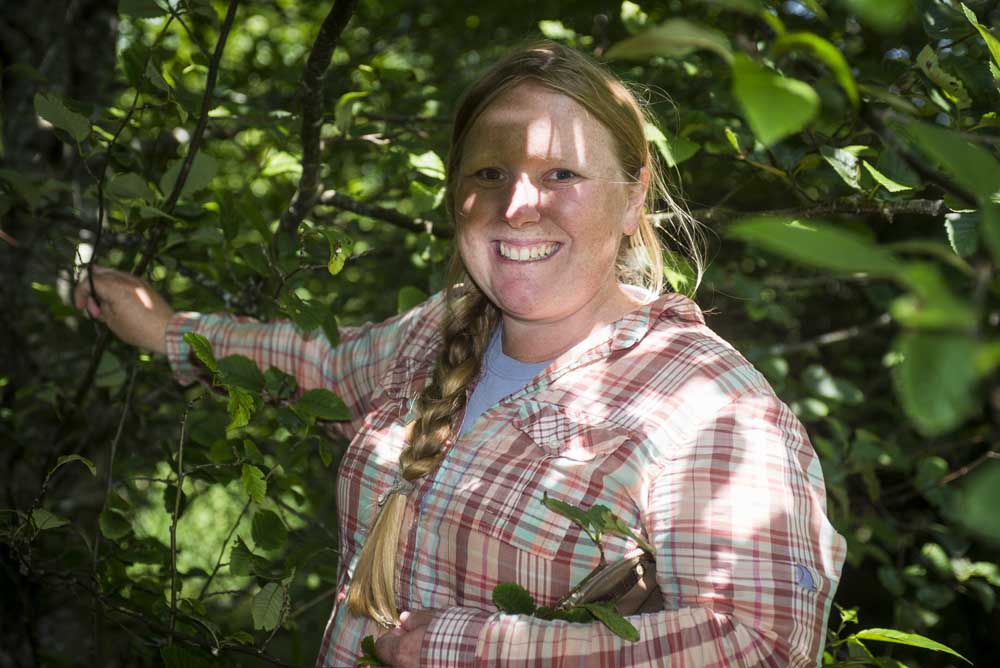Conservationists fight worrisome weed
Published 4:39 am Wednesday, August 19, 2015

- North Coast Land Conservancy Stewardship Director Melissa Reich stands beneath the canopy of a stand of trees the group planted to restore the Circle Creek property in Seaside.
Beneath the sun-yellow blossoms of invasive tansy ragwort plants that coat the field south of Seaside, a revolution is taking place. Millions of native plants are growing within and around the clumps of tansy ragwort. They’re small now, but they’re getting bigger.
“Underneath this canopy … is many, many millions of alder,” said Melissa Reich, the stewardship director for North Coast Land Conservancy.
Trending
Tansy ragwort is an invasive species that produces alkaloids, which can present a danger to livestock if ingested. During the 1960s and ’70s, the agriculture industry sustained heavy losses due to livestock deaths and tansy ragwort contamination of hay and pastures, according to an Oregon Department of Agriculture and Oregon State University Extension Service article.
It’s a visible species, and the conservancy wants the public to know that they’re not ignoring the weed. They’ve got a long-term management strategy they hope will overthrow the hold tansy ragwort has on their flood plain by restoring the native habitat.
Tansy ragwort favors disturbed habitats where weaknesses in the native flora community allow it to take hold.
“We’re not trying to pretend that tansy’s good,” Reich said. “It’s definitely an invasive plant.”
“In the long run, we’re going to get rid of tansy by shading it out,” she added. “It’s not being ignored.”
In 2013, the berm between the Necanicum River and the Circle Creek property south of Seaside came down as part of a multiagency effort to restore a historic 100-acre flood plain and prevent water from flooding U.S. Highway 101.
The North Coast Land Conservancy partnered with Clatsop County and the Oregon Department of Transportation in the project.
Now, what had once been pastureland of non-native grasses is undergoing a transformative process.
The conservancy is working to restore the habitat to a healthy flood plain forest, including Sitka spruce swamp. They’ve seeded the ground with native grasses and shrubs. The last two winters, they’ve planted more than 20,000 trees and shrubs.
Mowing the pasture would endanger the plants they’ve worked so hard to cultivate and lock them into a management plan that relies on regular mowing to keep the weeds under control.
“We’d be committing to mowing it forever,” Reich said.
Instead, they’re following recommendations from the Extension Service, relying on tansy ragwort’s insect antagonists: the cinnabar moth, ragwort flea beetle and seed head fly.
These insect biocontrols keep the tansy ragwort in check, but eliminating the tansy knocks out the biocontrol, too, leaving it a step behind the plant the next year.
The landscape is already changing. The conservancy placed leashed pilings across the flood plain to create changes in elevation across the largely flat plain. Sometimes, less than a foot can make a difference between being underwater or above it, Reich said. The plain can be several feet underwater during flooding, and the pilings will change the way the water moves, allowing microhabitats to form.
“This excites me,” Reich said, remarking on the height of the alder saplings. “They’re going to come in and make good habitat for the other species.”






